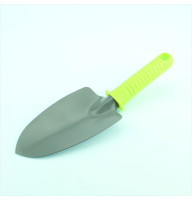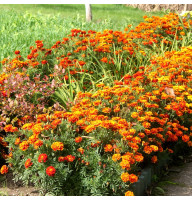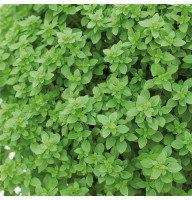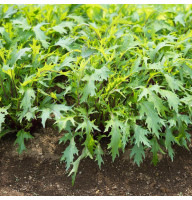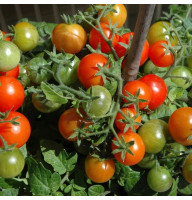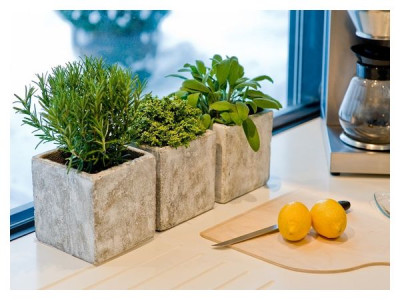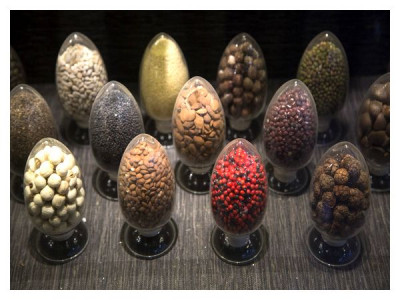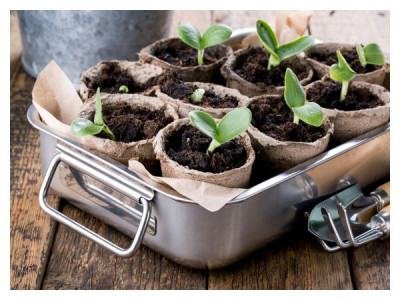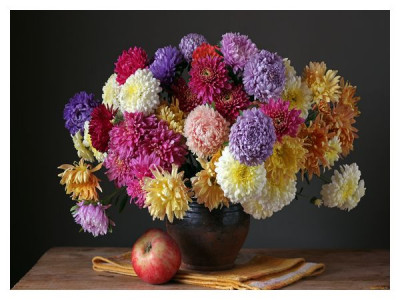In winter, all nature sleeps, shrouded in snow. But a caring owner has no time to rest even in December. He plans gardening for the next season, conducts a thorough audit of equipment, seeds and fertilizers, prepares for sowing vegetables, and grows herbs. And periodically he looks into the cellar - not only to get another jar of pickled cucumbers or tomatoes, but also to check the integrity and safety of the harvest. In a word, there is enough to do - and according to tradition, we have compiled a list of the most important of them.
1. Check the safety of the crop
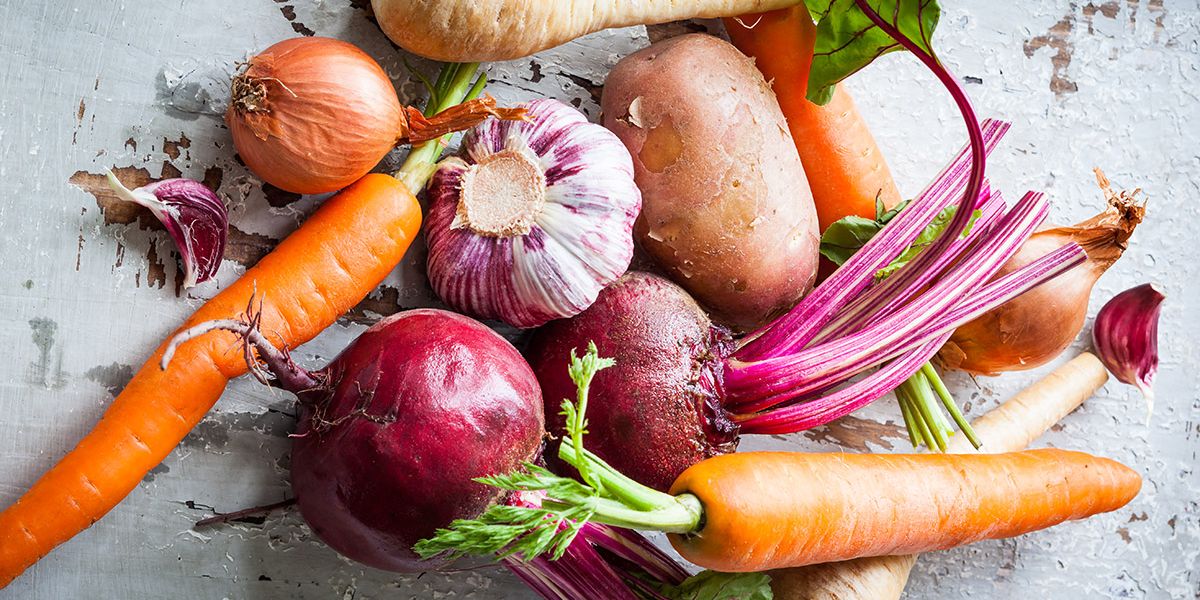
In winter, you need to regularly visit the cellar to check the safety of the harvest and seams.
Pay special attention to potatoes and cabbage, which in conditions of high humidity (often characteristic of cellars) can be susceptible to dangerous diseases. Tubers with the slightest signs of damage should be immediately separated from healthy ones and disposed of. Clean the heads of cabbage from rot and, if necessary, send them for processing first.
Check out the seams. Dispose of spoiled products (signs of spoilage: swollen metal lid, cloudy solution, active fermentation).
2. Sow greens
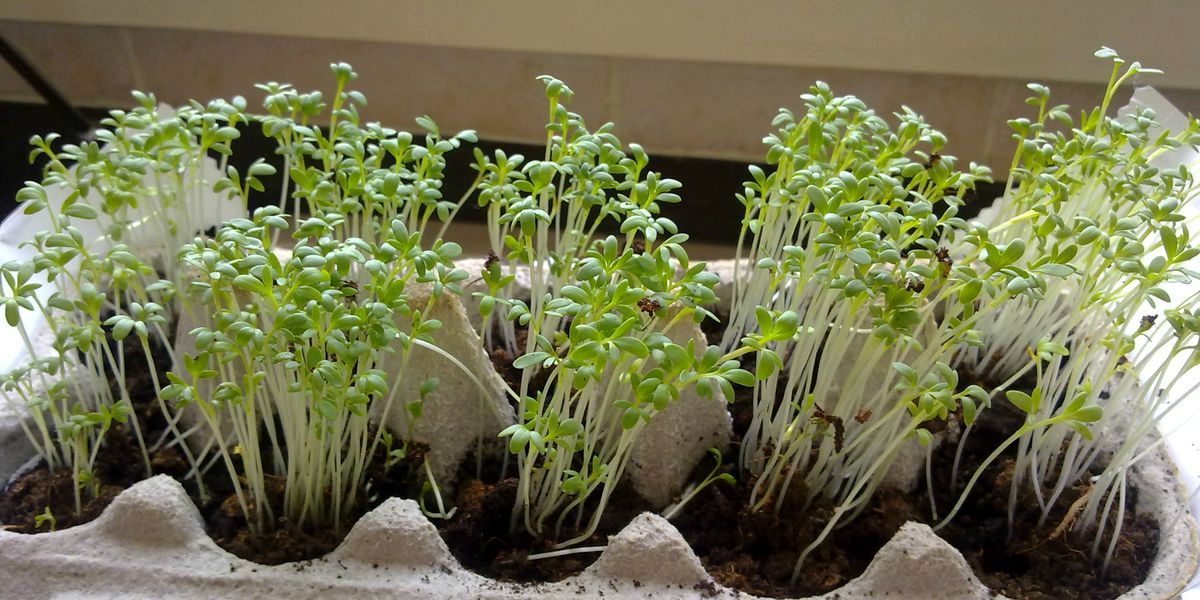
December is the right time for forcing parsley, celery and onions. To accelerate the growth of crops, regularly water the crops with warm water. After the emergence of seedlings, it is recommended to keep the containers in a cool, dark room for about two weeks - for better rooting of the sprouts.
Also in December, you can sow the seeds of lettuce, watercress, dill, salad mustard, spinach and other greens in boxes.
The optimal composition of the soil mixture for these purposes is humus, peat and turf in a ratio of 2:1:2.
3. Create a «vegetable garden» on the window

In general, window sills can be turned into mini-gardens by growing cucumbers, tomatoes, peppers, radishes, peas and other early-ripening vegetables in containers all winter. With proper care of plants, the first harvest can be obtained by the New Year.
4. Make a site plan
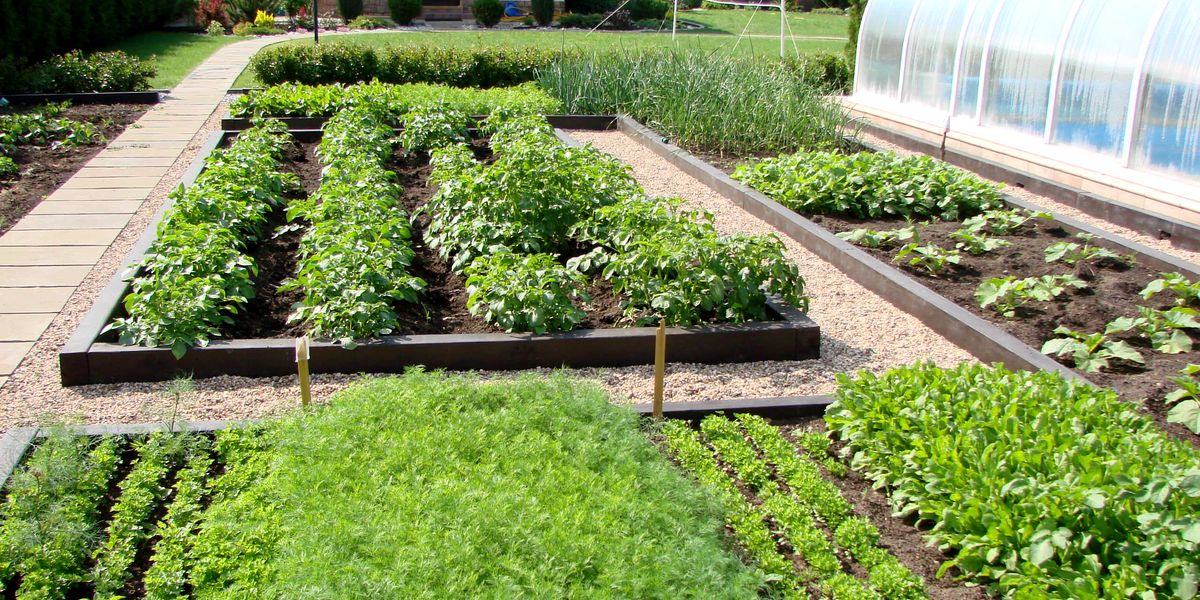
Crop rotation has certain rules that every self-respecting gardener adheres to. One of them is that you cannot plant in the same bed the next year (ideally four years) not only the crop growing there, but also all representatives of this family.
Therefore, do not neglect creating a detailed garden map for each season. Mark where and what plants grew, what areas were fertilized in the fall, etc. And with this in mind, plan new plantings.
Conditionally divide the area for the beds into four zones and every year «move» plants from a certain group in a circle across them.
5. Buy seeds
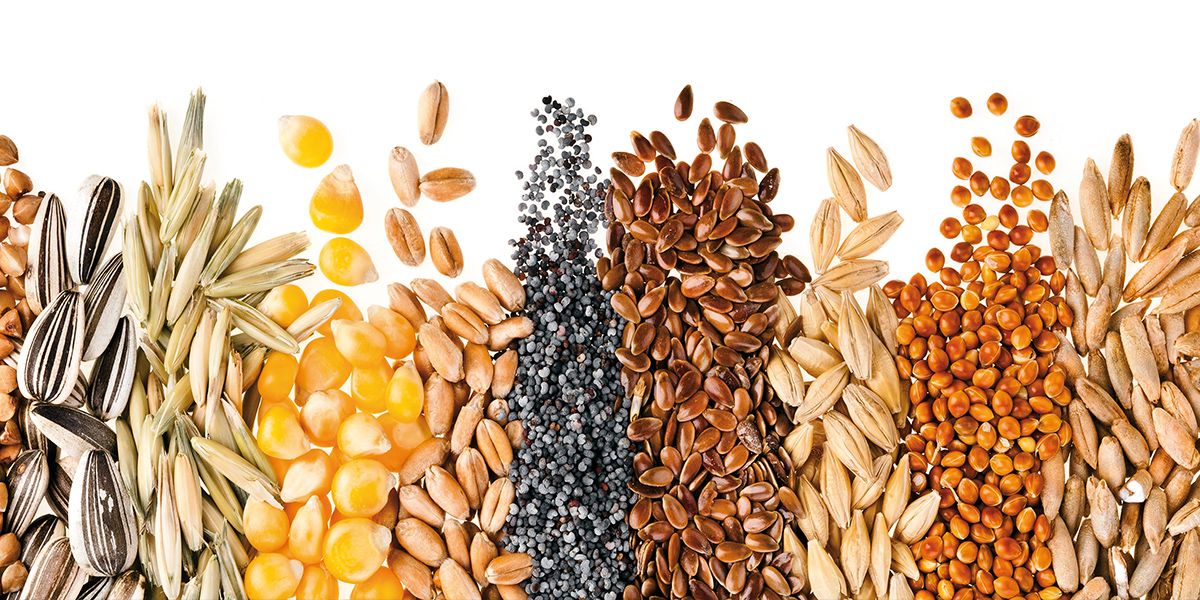
When the planting areas have been determined, it will be necessary to prepare planting material corresponding to their volume. For example, for every 10 square meters of area the following number of seeds is required:
- cabbage - 2 g,
- cucumber - 6-8 g,
- tomato, pepper - 2-3 g,
- onions - about 100 g,
- carrots - 5 g,
- beets - 10-12 g,
- pumpkin - 3-4 g,
- beans - 100-140 g,
- garlic - 500-800 g.
If you find a shortage, we advise you to visit specialized stores in winter.
6. Inspect inventory
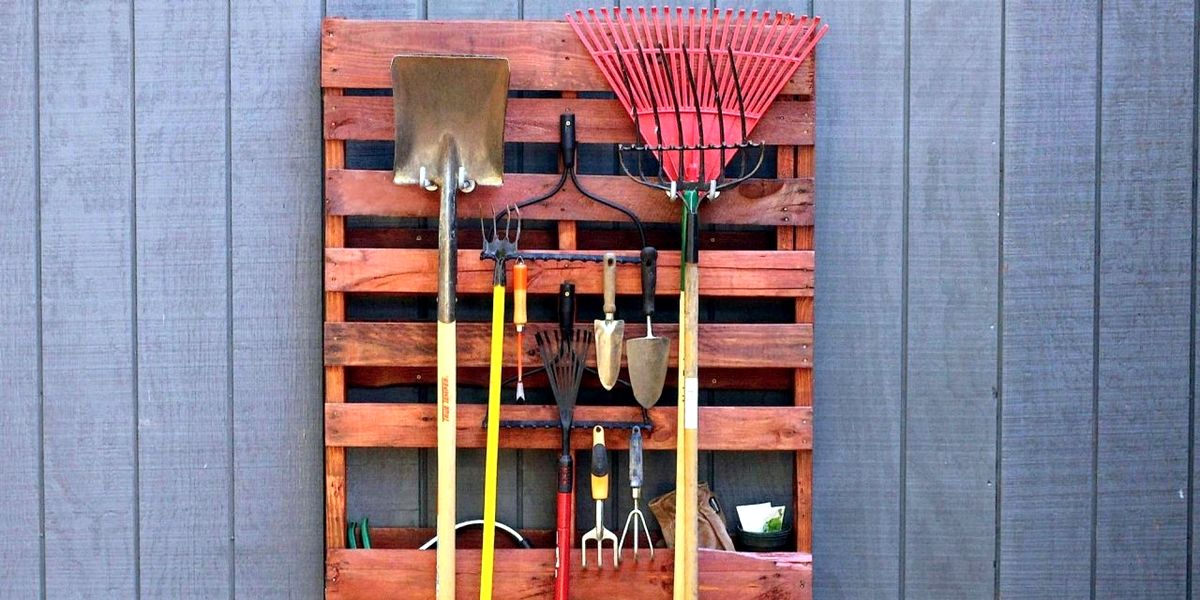
The winter months are the optimal time to carry out the next inventory audit. Carefully inspect all mechanisms and devices and, if necessary, correct problems.
If you find traces of mold on wooden parts, wipe them with a rag soaked in a strong solution of potassium permanganate. Then dry and lubricate the entire tool with drying oil, grease or machine oil.
If possible, update your material and technical base so that in the spring you don’t have to waste time purchasing hoes, shovels, rakes, pruners and other tools.
7. Stock up on organic matter
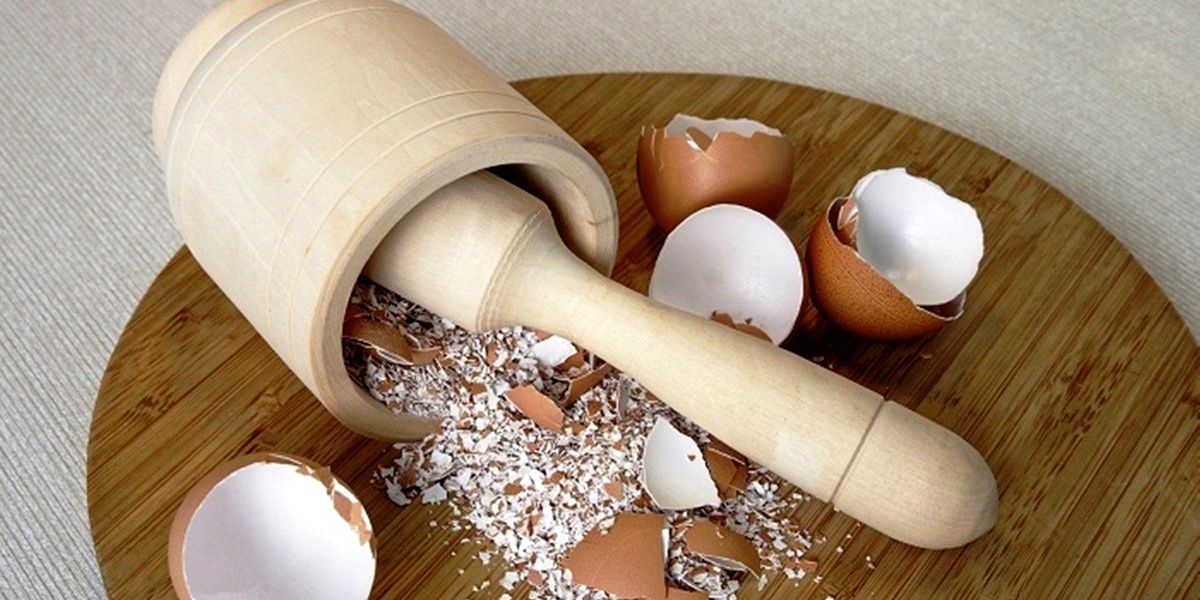
Banana peels, tea leaves, coffee grounds, potato peelings, onion peels and many other food wastes should not be thrown into the garbage container. Do not be too lazy to take them to the country and put them in dense bags or boxes for subsequent composting.
Also stock up on eggshells and wood ash. In early spring, they can be crushed and buried in the ground.
8. Prepare containers for seedlings
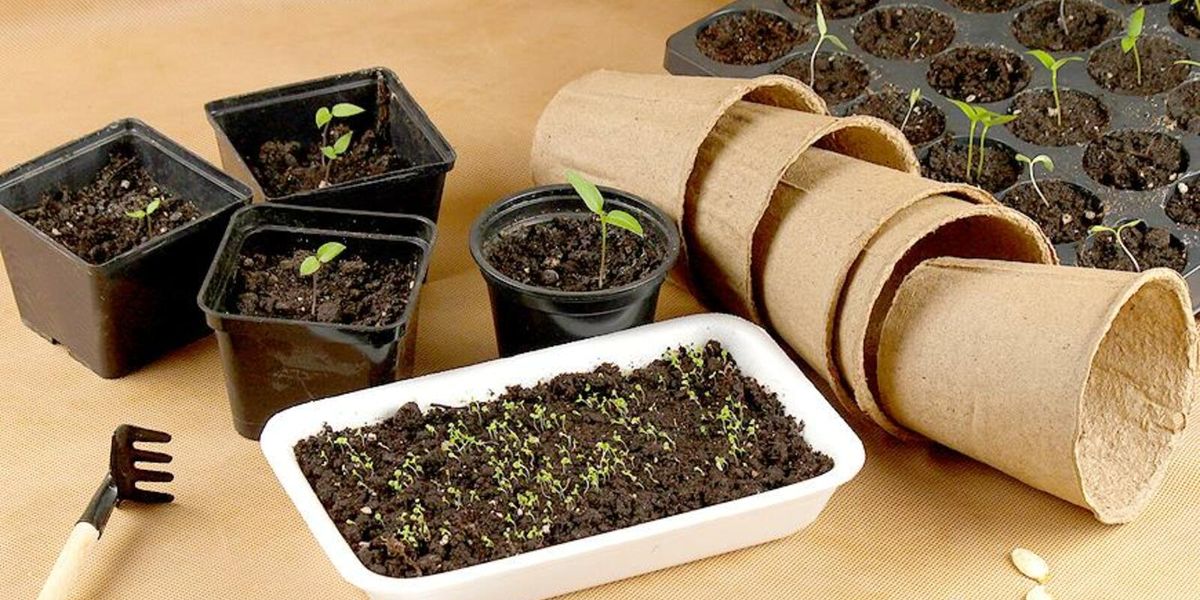
There is a large selection of boxes for seedlings for every budget and taste in all garden centers and supermarkets. But if you want to save on the purchase of containers, try to make planting containers with your own hands.
They can be made from any materials: plastic bottles cut into thirds (such as milk, water, or juice) and cups, juice boxes, cake containers, small plastic bags, egg trays, etc. The main thing is that they the volume was enough for the full development of plants.
9. Inspect the greenhouses
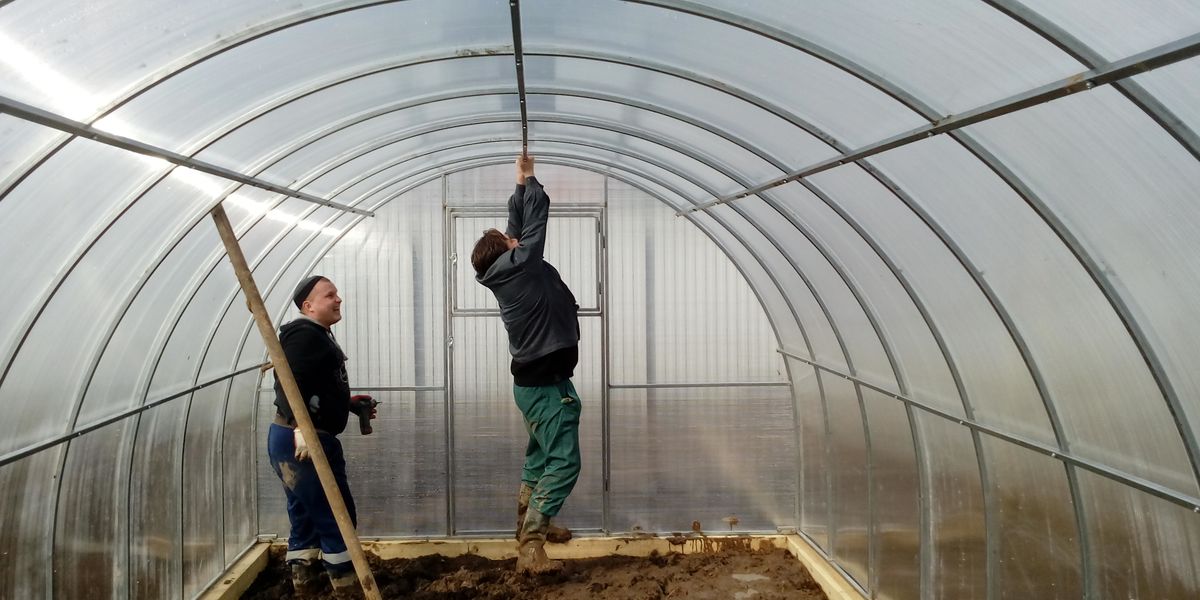
In winter, regularly shake off the snow from the greenhouses to avoid deformation of the entire building, in the worst case - the roof collapse. If necessary, install several T-shaped wooden supports inside, wrap the upper crossbar with a cloth so as not to scratch the polycarbonate coating.
It is also necessary to check the degree of adhesion of all glasses to the window frames and to close the cracks found. For these purposes, you can use both professional putty and melted paraffin (it is poured into the cracks from a disposable syringe) or improvised materials (cotton wool, foam, rags).
10. Engage in seed germination
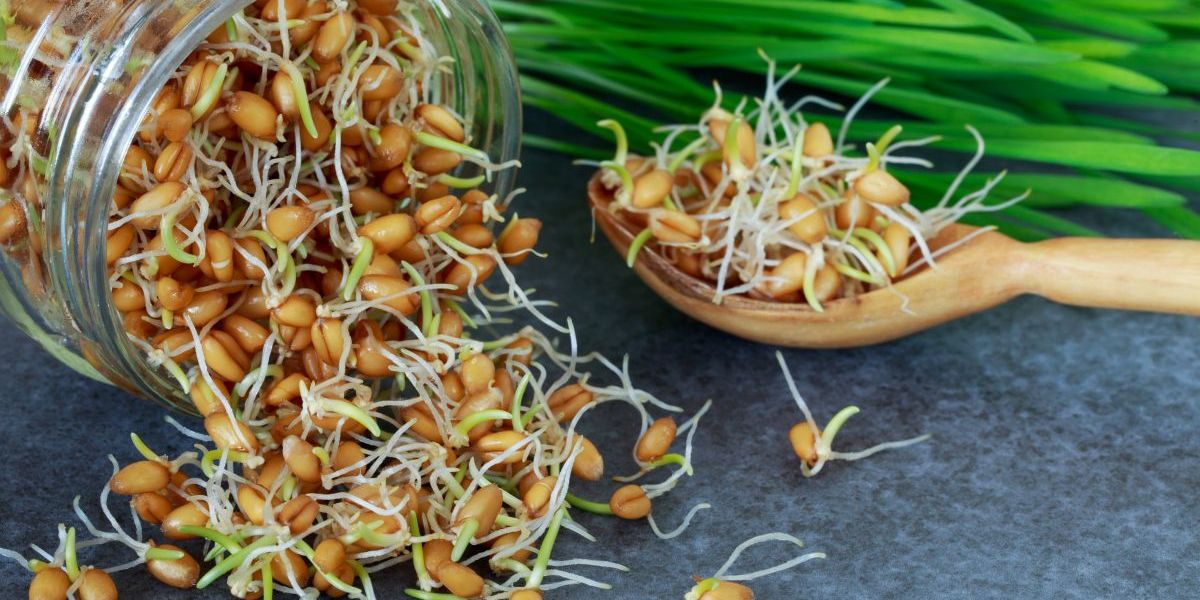
In the cold season, we recommend including germinated seeds and grains in the diet. This is a real storehouse of vitamins, antioxidants, useful enzymes and proteins. To prepare the vitamin composition, you need to carefully wash and soak the seeds for a certain time: vegetable seeds - for five hours, cereal seeds - for 12 hours.
Then drain the water and put the grains on a saucer with a wet cloth. When the sprouts reach a height of 4-5 cm, cut them with scissors and add to dishes.

